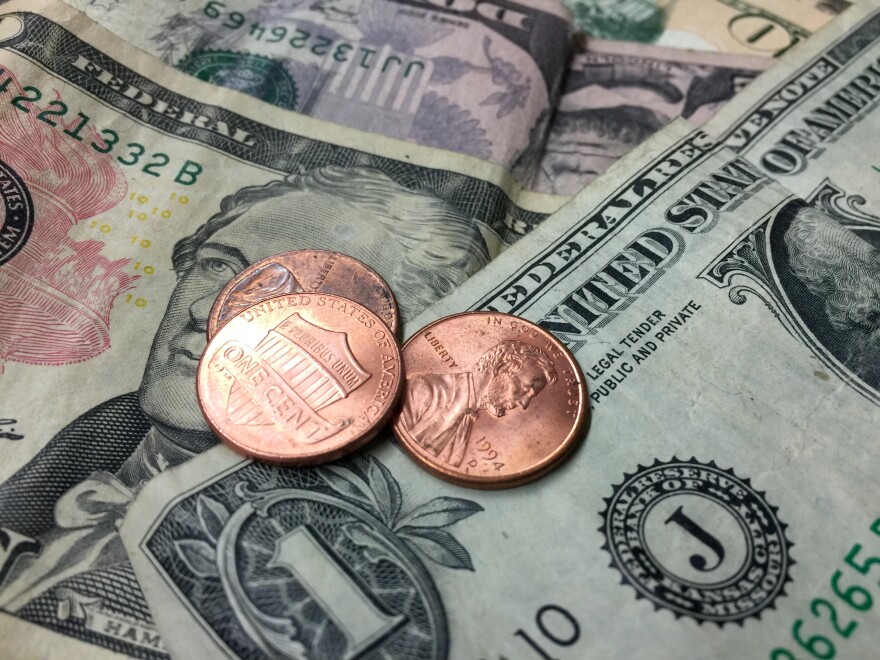South Dakota collected more sales taxes through May of this fiscal year than it did through May of the last fiscal year, despite this year’s pandemic and recession.
That’s not what Gov. Kristi Noem expected in mid-April.
“I want to prepare you for the coming days, where we will get numbers that will be shocking to all of you,” she said on April 14. She was anticipating a run of bad sales-tax data.
The state now has sales-tax collection reports through May, based on sales through April. And they show something surprising.
South Dakota has collected $49 million more through May this fiscal year than it did through May last fiscal year. That’s a 5 percent increase, from $945 million to $994 million.
Mark Quasney, the state economist, gives some of the credit to Noem for her refusal to order statewide business closures. Some cities imposed business closures, but others didn’t, and some imposed varying levels of closures. Quasney said that approach allowed more businesses to stay open, or at least partially open.
“It appears that created a less severe reaction than we’re seeing in these states where they had very restrictive shutdown orders,” Quasney said, “and now that’s helping us recover more quickly.”
Quasney also credits the federal government for giving South Dakotans money to spend. That money includes individual stimulus checks and unemployment assistance, totaling a combined $877 million so far.
The federal Paycheck Protection Program for employers has sent another $1.6 billion to South Dakota, although Quasney said it’s difficult to evaluate that program, because some employers sent the loans back after determining they couldn’t meet the criteria to have the loans forgiven.
Adding up all the federal assistance to South Dakotans from stimulus checks, unemployment payments and the Paycheck Protection Program, the total is about $2.5 billion. That federal money helped lessen the impact of a severe economic downtown in April.
“It certainly smoothed out that trough through the worst month for us,” Quasney said.
Of course, the news isn’t all good. The sales-tax increase was powered by strong sales at places like grocery stores and home-improvement centers. Other businesses, like hotels and restaurants, didn’t fare nearly as well.
The state imposes a 4.5 percent sales tax on many items. Cities may impose up to an additional 2 percent, plus another 1 percent on alcohol, hotel rooms, restaurant meals and event tickets.
The state’s fiscal year runs from July 1 to June 30.




